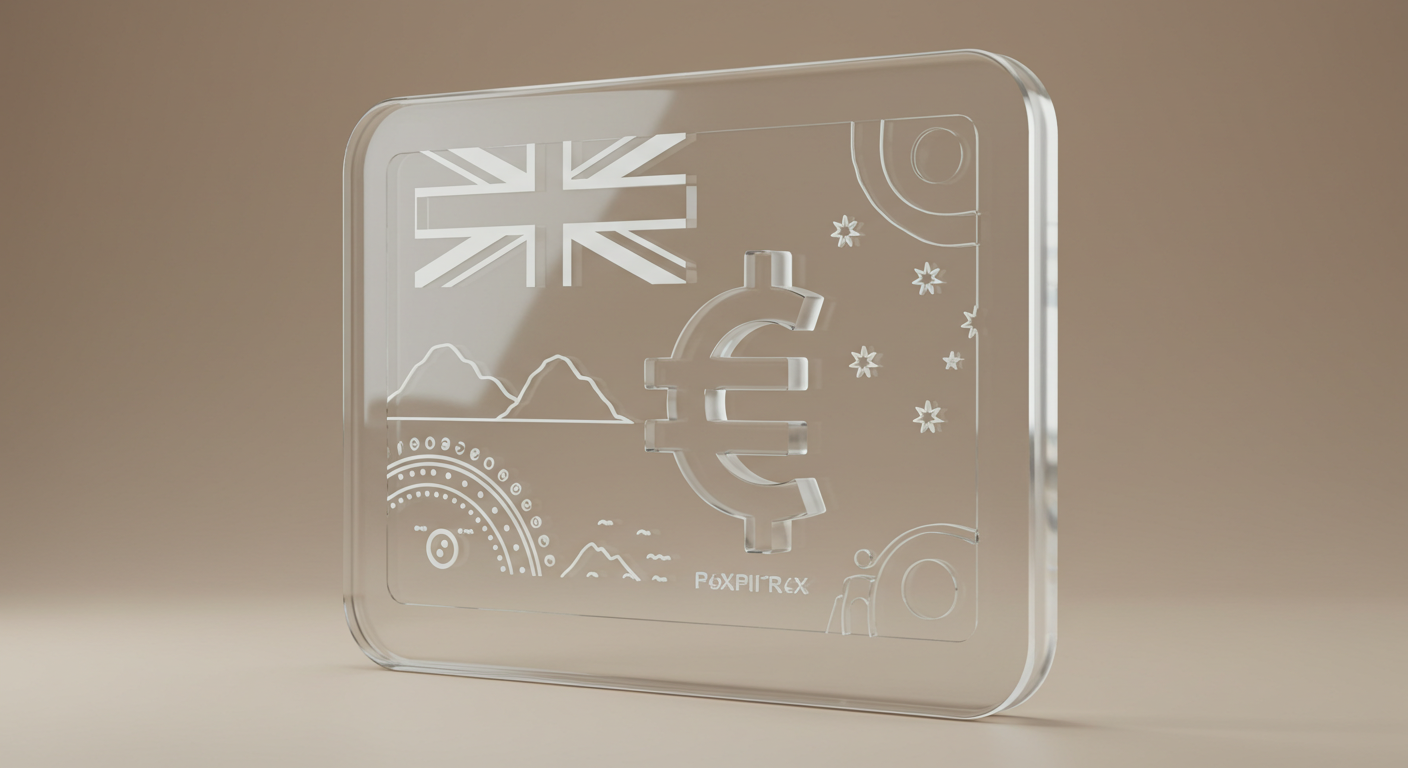
AUD/JPY is trading around 94.50 during Asian hours, following a gain of over 0.50% in the previous session. The currency cross is moving within an ascending channel pattern, indicating a continued upward trend.
The 14-day Relative Strength Index remains above 50, supporting the upward momentum. The AUD/JPY pair is positioned above the nine-day Exponential Moving Average, suggesting short-term momentum remains strong.
Potential Upside Targets
An increase could see AUD/JPY reaching the upper boundary of the channel at 95.50, followed by a high of 95.75. Breaking above this could push the currency to the psychological level of 96.00.
Primary support rests on the nine-day EMA of 94.26, with a break below possibly targeting the 50-day EMA at 93.50. Further declines might break the channel’s lower boundary around 93.00, potentially pushing towards a low at 91.50.
The following table shows the percentage change of AUD against major currencies: -0.19% against USD, 0.19% against EUR and 0.31% against GBP, etc. AUD demonstrated resilience, specifically against the US Dollar, emphasising its relative strength.
What’s happening here reflects a combination of technical firmness and broader sentiment forces at play. The Australian Dollar appears to be maintaining strength, especially against the likes of the Dollar and to a lesser extent the Euro and Pound. The positioning of AUD/JPY continues to ride an upward slope, staying within the track of an ascending channel—a technical pattern that often points to buyers gradually asserting control.
Monitoring Support Levels
The Relative Strength Index, staying above the midpoint, reinforces that buyers are still engaged. While that’s not always a guarantee of further gains, in this case, it fits neatly with the price bouncing above the nine-day EMA. Taken together, both indicators bolster the idea that short-term momentum hasn’t sagged.
Now for levels to watch: if the cross builds enough pressure, it could spill over the top of the channel around 95.50, and that might lead to a revisiting of 95.75, a recent swing high that sits just beyond. If momentum doesn’t fold there, the neat round figure of 96.00 becomes the next area where market participants may pause—these psychological handles often draw attention, if only briefly.
On the other hand, while the direction has lately been skewed to the upside, there’s no sense in ignoring the lower edges. The nine-day EMA near 94.26 is forming an initial line that could catch any early retreat. A clean dip below that opens an easy view down to the 50-day EMA, resting closer to 93.50—this spot could attract traders seeing more value at lower levels, or serve as a launchpad for another move north, if buyers hold.
But if things truly begin to unwind—perhaps driven by a shift in sentiment or Japanese flows—then the base of the channel, sitting at 93.00, becomes exposed. Moving under that barrier doesn’t just end the current trendline: it makes room for deeper losses, the kind that might pull prices toward 91.50, shaking out weaker hands along the way.
From a broader view, strength in the Aussie isn’t just showing up in this cross. While it did dip slightly against the Dollar, a 0.19% move in that pair is relatively modest and doesn’t necessarily undercut the narrative. Gains versus the Euro and Pound, though small, suggest the bullish tone is not isolated.
We are observing this sort of nuanced resilience—an ability to hold or even gain when others falter—as a favourable condition. In these next sessions, close observation of those nearby resistance zones becomes more than helpful. If price gets dragged down toward lower supports, we’ll be watching to assess whether selling pressure is more than temporary or if another base is forming for further gains.







